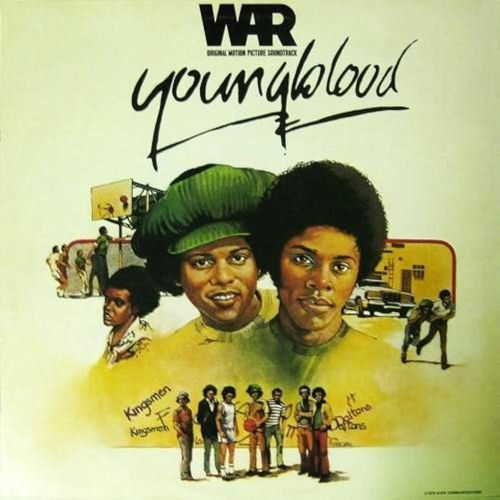




These films were a consequence of the cultural momentum of the black civil rights movement, the black power movement, political and sociological circumstances that facilitated black artists reclaiming the power of the black ethnic identity in the arts. This was a powerful, consequential and pivotal period in black history!

The Posters
Unlike the multi-screen theaters of today, these films were shown in single screen, sometimes 1000+ seat theaters, usually as double headers. Many theaters were in decline, some closing, when the 1970s Black Cinema genre brought patrons back to the theaters.
Explore iconic 1970s Black Cinema Art, the posters that define an era.

After a successful pro football career, Williamson would star in the movie “Mash”, and go on to act in, write and direct numerous films in the 70s.

Coffy star Pam Grier was described by Quentin Tarantino as cinema's first female action star. Grier would go on to become the leading "femme fatale" of black cinema for the rest of the 1970s.

After serving in the US Army in WWII, Poitier became the first Black actor to win the Academy Award for Best Actor. Belafonte, known as the “King of Calypso”, had the first ever million-selling album by a single artist.

Glynn Turman first came to attention as a child actor in the original 1959 Broadway production of A Raisin in the Sun. He acted in a string of 1970s black cinema films including “Cooley High” and “Five on the Black Hand Side.”

This was the only film role for Hill and is also notable for being one of the last 1970s black cinema films to have a female detective as the main character.

The film’s star Richard Lawson has enjoyed a long career in film and television, but ironically is probably best known as the husband of Tina Knowles, mother of singers Beyoncé and Solange.

The two sequels to "Shaft" all starring Richard Roundtree. He was considered "the first black action hero”; bold, confident, and charismatic. A contrast to black leading men in prior films, often portrayed as mild-mannered or servile.


The Soundtracks
Whether it was the funky “wah wah” of Issac Hayes’ “Shaft”, the bass driven funk of Curtis Mayfield’s “Superfly”, or the musical stylings of Willie Hutch’s “The Mack”, these soundtracks explored the complexities of the black community. We discovered our collective identities, going from “Negro” to “Black”, from subservient to militant, from a movement to a revolution. In some cases, like with “Superfly”, the soundtrack would gross more revenue than the movie.
These soul and funk soundtracks sometimes surpassed the popularity of the films themselves.

BLACK HISTORY
This oversized (11”X11”) Coffee Table Book began as a desire to restore the movie posters of 1970s black cinema to their original condition. Finding original posters is rare and they are usually in disrepair, fold marks, tears, stains and degraded text and images. Theater managers were instructed to destroy the posters when the movie no longer ran, and technology was not advanced enough to save digital copies. These hand paintings and illustrations from major poster artists were printed on large presses and distributed to the theaters. After 2 years of meticulous restoration, the idea came to me to put them in the form of a book. My guests have always enjoyed my collection of coffee table books so I figured I would create one myself. Enjoy!
































